Damien Hirst: Natural History – an ‘empty and artificial’ show
Show brings together some 25 formaldehyde works created by Hirst over past 30 years
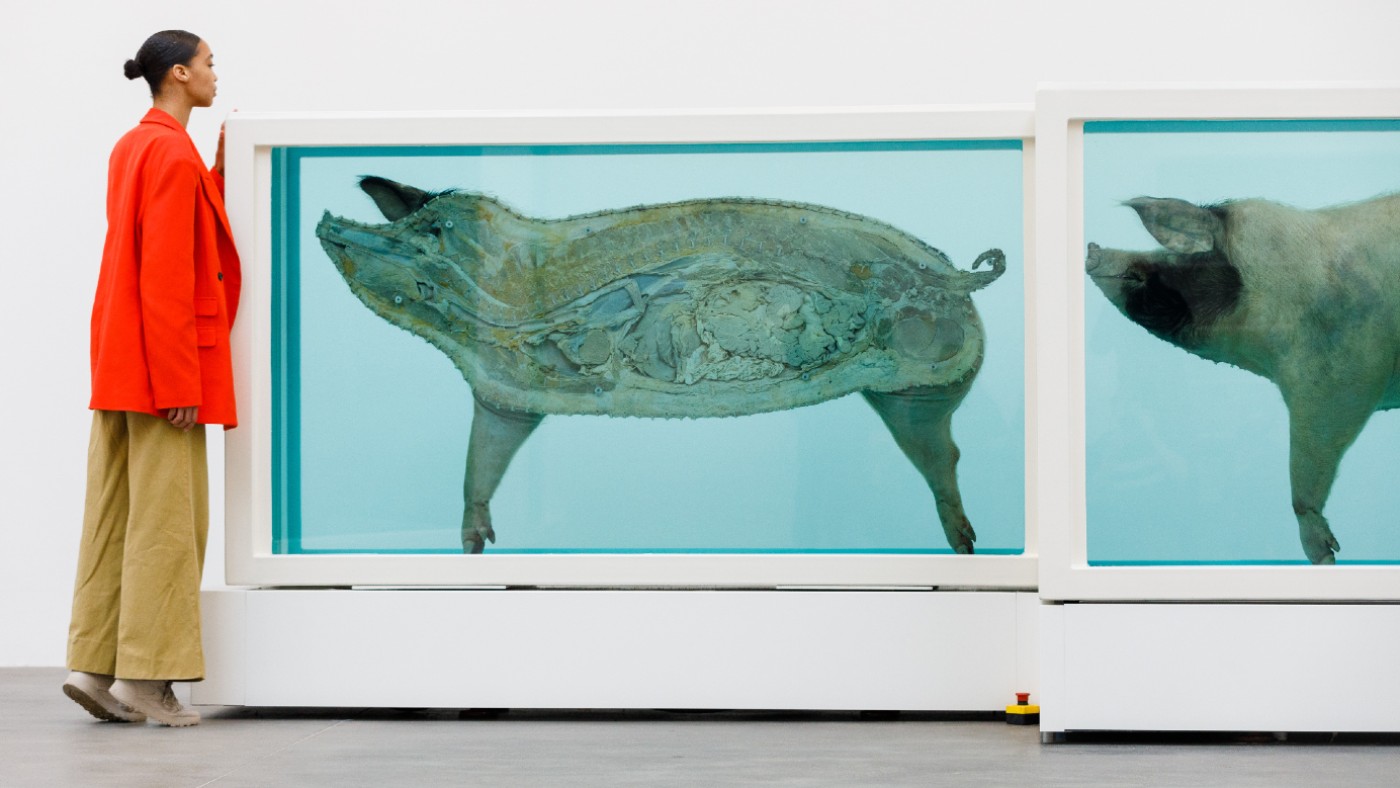
In 1995, Damien Hirst created one of the “seminal” sculptures of our times, said Rachel Campbell-Johnston in The Times. Entitled The Physical Impossibility of Death in the Mind of Someone Living, the work consisted of a dead shark floating in a tank of formaldehyde, “a malevolent presence trapped in an eerily artificial sea”. To look at it was “to confront the finality of death face-to-face from behind the safety of glass”; I, for one, left “awestruck”.
Almost 30 years on, Hirst, now “Britain’s richest artist”, is still flogging the same idea, for sky-high prices and with ever-diminishing returns. This show brings together some 25 formaldehyde works the artist has created over the past three decades, featuring the cadavers of a “strange zoo” of animals, from sheep to zebras, all of which have been “contorted, mutated and sliced” in the service of his increasingly tiresome art. It’s a depressing spectacle that will leave you feeling “sad for the animals and forlorn about Hirst”.
Looking at these works is a genuinely uncomfortable experience, said Harriet Lloyd-Smith in Wallpaper. Yet beyond the “shock factor” and the silly puns – one piece here, a “rotating, multipart mobile of individually pickled fish”, is entitled School Daze – Hirst’s formaldehyde sculptures remain as “poetic” as they are “grotesque”. Cain and Abel (1994), for instance, sees two black and white calves suspended in the “blue-tinged fluid”; their “youthful buoyancy” immortalised.
The Week
Escape your echo chamber. Get the facts behind the news, plus analysis from multiple perspectives.

Sign up for The Week's Free Newsletters
From our morning news briefing to a weekly Good News Newsletter, get the best of The Week delivered directly to your inbox.
From our morning news briefing to a weekly Good News Newsletter, get the best of The Week delivered directly to your inbox.
More “startling” still is The Beheading of John the Baptist (2006), in which a cow’s decapitated head rests on a butcher’s block, the rest of its remains “strewn” across a “clinical, white-tiled floor”. It is not the “execution scene” itself that horrifies, but a clock on the wall that records the time of death: 11:53.

One could very easily stage a great exhibition of Hirst’s early works, said Jonathan Jones in The Guardian. This, alas, is nothing of the sort. What once seemed vital now feels “empty and artificial. Somewhere along the line he stopped feeling it.” The more art history his works quote, “the sillier they seem”. Chopping up a cow as a nod to Caravaggio’s painting of the beheading of John the Baptist is “just a bloody waste”. The Pursuit of Oblivion (2004) is a real-life recreation of Francis Bacon’s 1946 work Painting, with an umbrella positioned above an empty overcoat on a chair “among sides of beef and butchery tools”.
Yet while Bacon’s work remains a horrifying masterpiece, this is just “banal”. Even a 2008 recreation of Hirst’s celebrated shark is no better: whatever profundity the original conveyed “rapidly dissipates” as you take in the artist’s progress “from raw young punk to pretentious money-lover”. This is a “cold, industrial” show, packed with “art for the penthouses of oligarchs”.
Gagosian Britannia Street, London WC1 (020-7841 9960, gagosian.com)
A free daily email with the biggest news stories of the day – and the best features from TheWeek.com
-
 Art that made the news in 2025
Art that made the news in 2025The Explainer From a short-lived Banksy mural to an Egyptian statue dating back three millennia
-
 Nine best TV shows of the year
Nine best TV shows of the yearThe Week Recommends From Adolescence to Amandaland
-
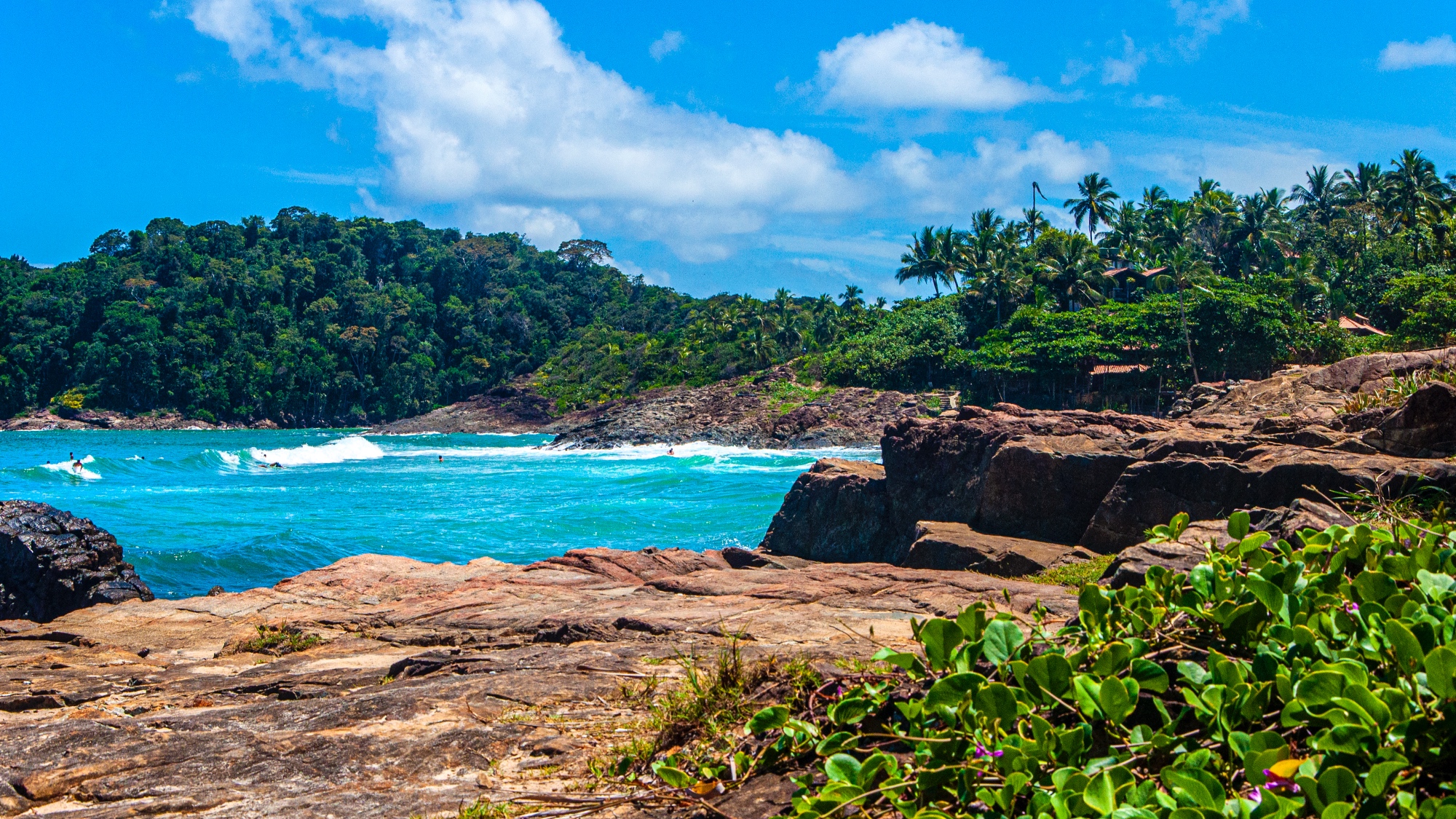 Winter holidays in the snow and sun
Winter holidays in the snow and sunThe Week Recommends Escape the dark, cold days with the perfect getaway
-
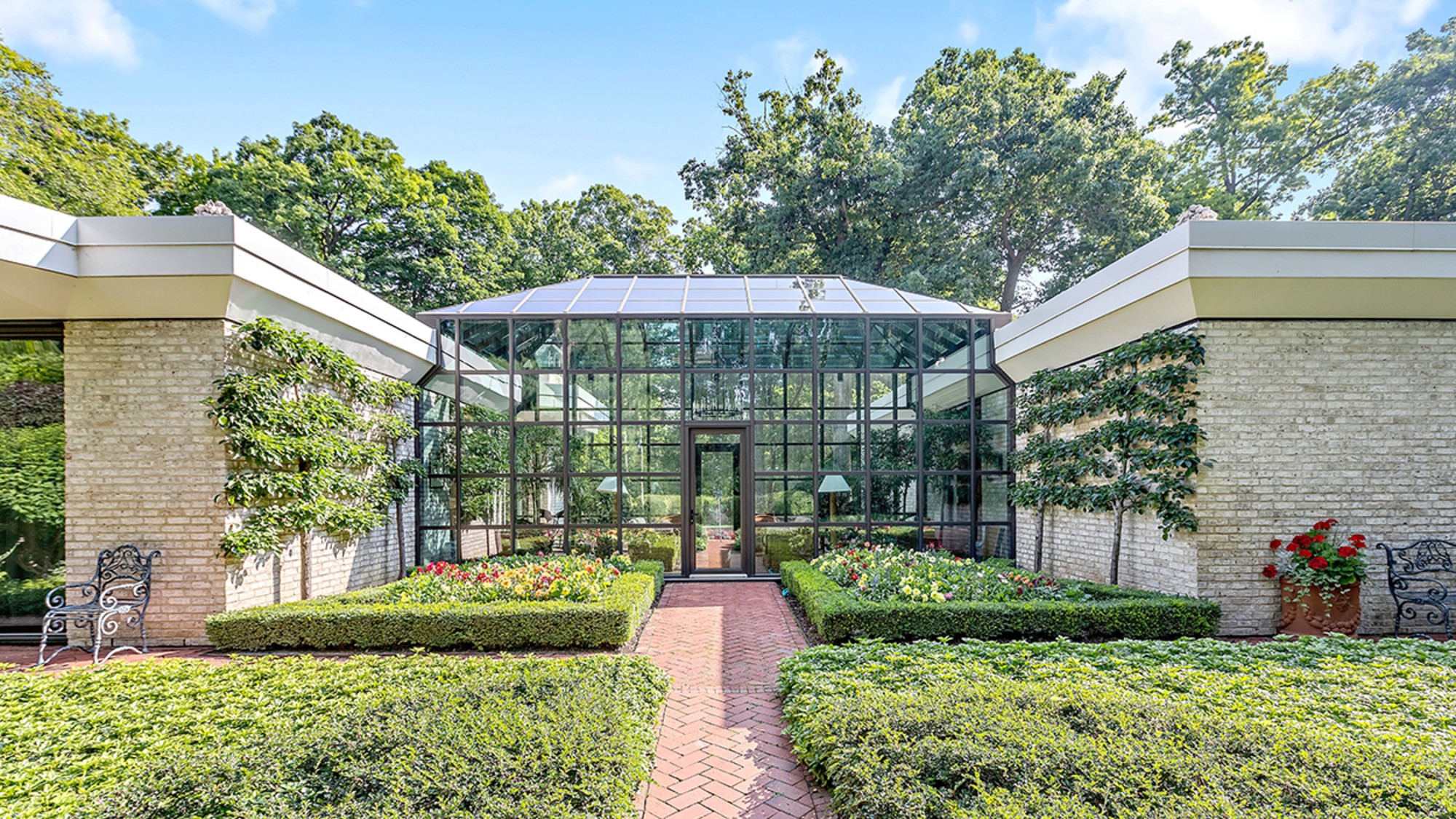 The best homes of the year
The best homes of the yearFeature Featuring a former helicopter engine repair workshop in Washington, D.C. and high-rise living in San Francisco
-
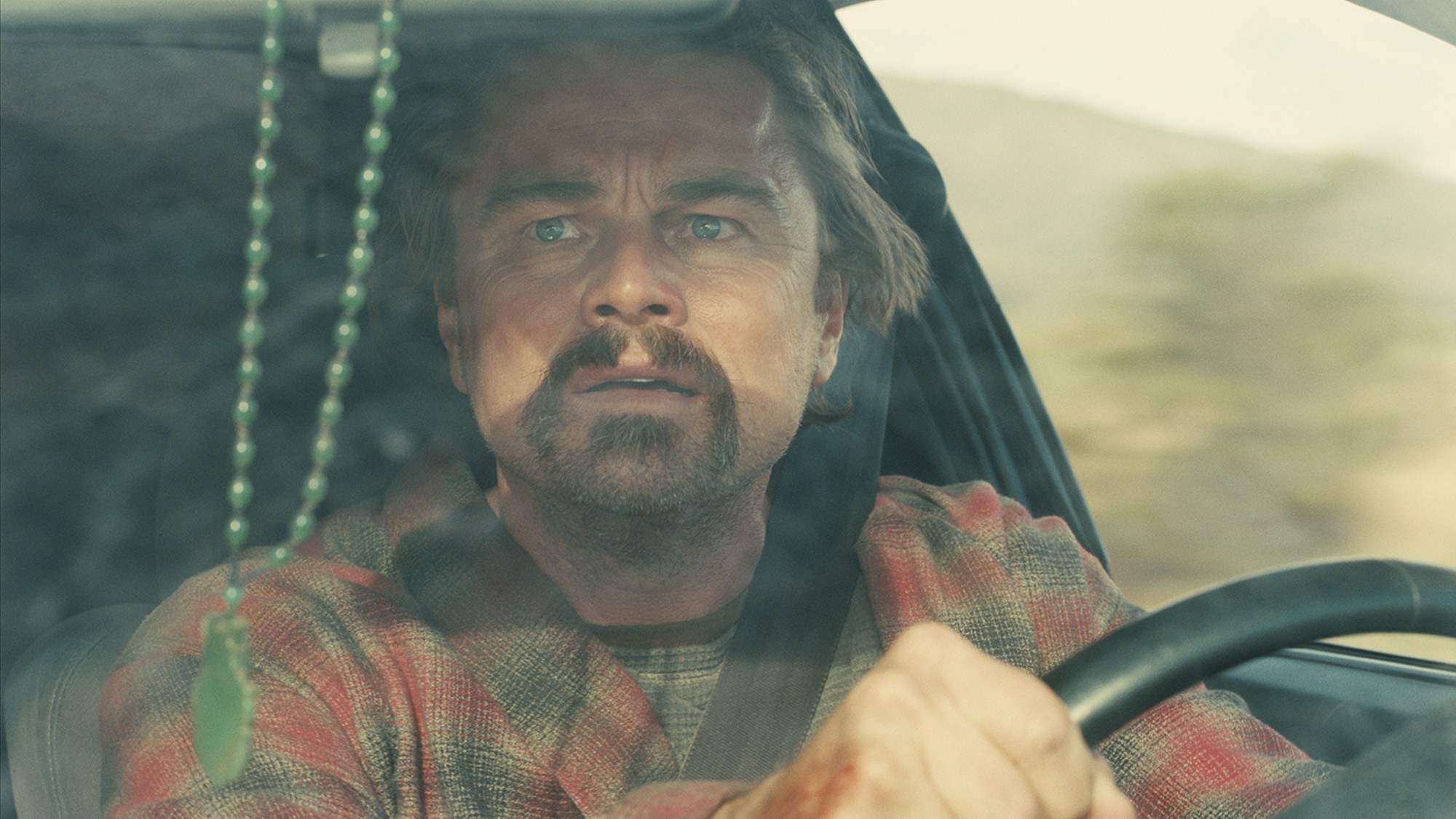 Critics’ choice: The year’s top 10 movies
Critics’ choice: The year’s top 10 moviesFeature ‘One Battle After Another’ and ‘It Was Just an Accident’ stand out
-
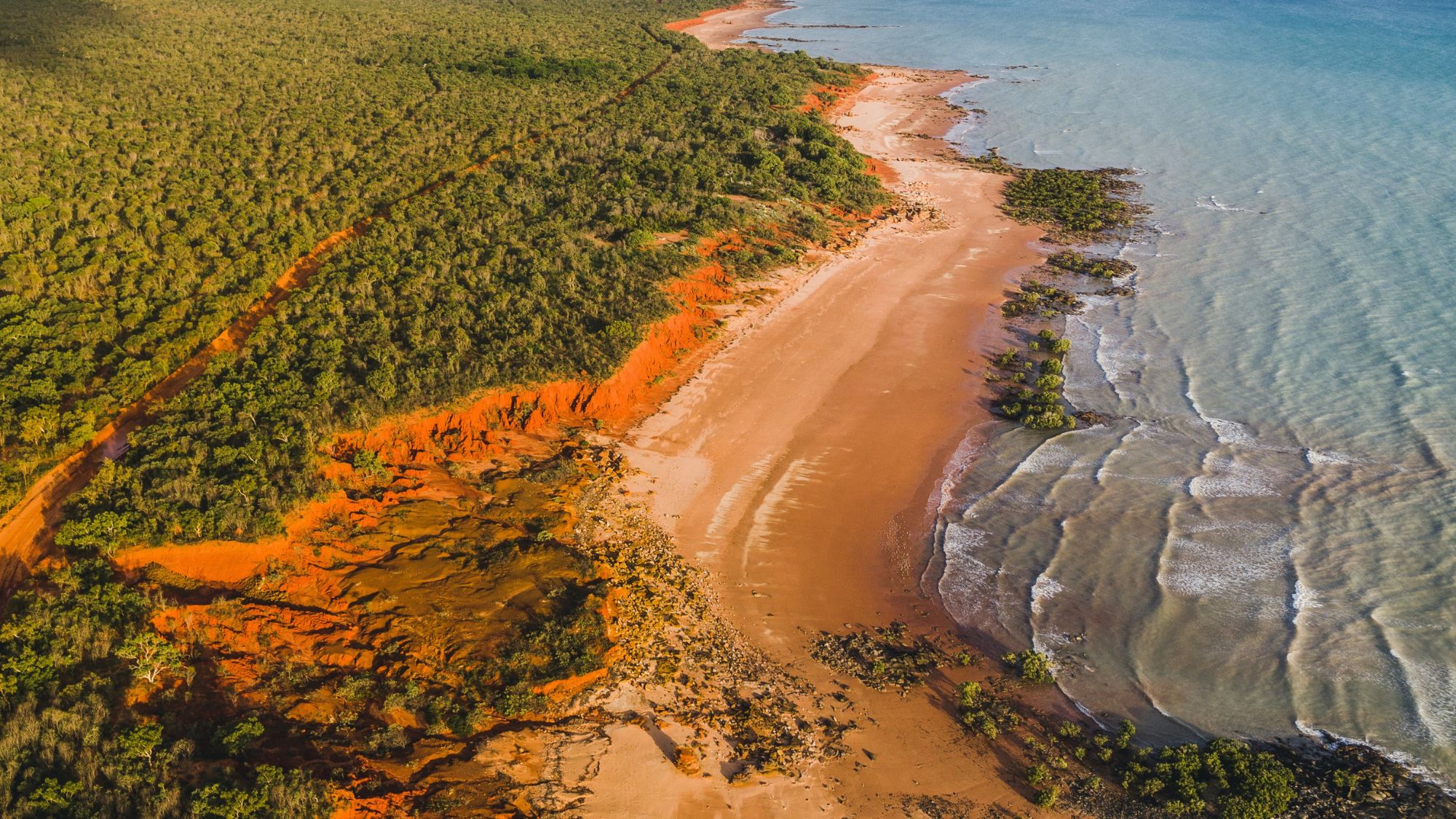 A luxury walking tour in Western Australia
A luxury walking tour in Western AustraliaThe Week Recommends Walk through an ‘ancient forest’ and listen to the ‘gentle hushing’ of the upper canopy
-
 Joanna Trollope: novelist who had a No. 1 bestseller with The Rector’s Wife
Joanna Trollope: novelist who had a No. 1 bestseller with The Rector’s WifeIn the Spotlight Trollope found fame with intelligent novels about the dramas and dilemmas of modern women
-
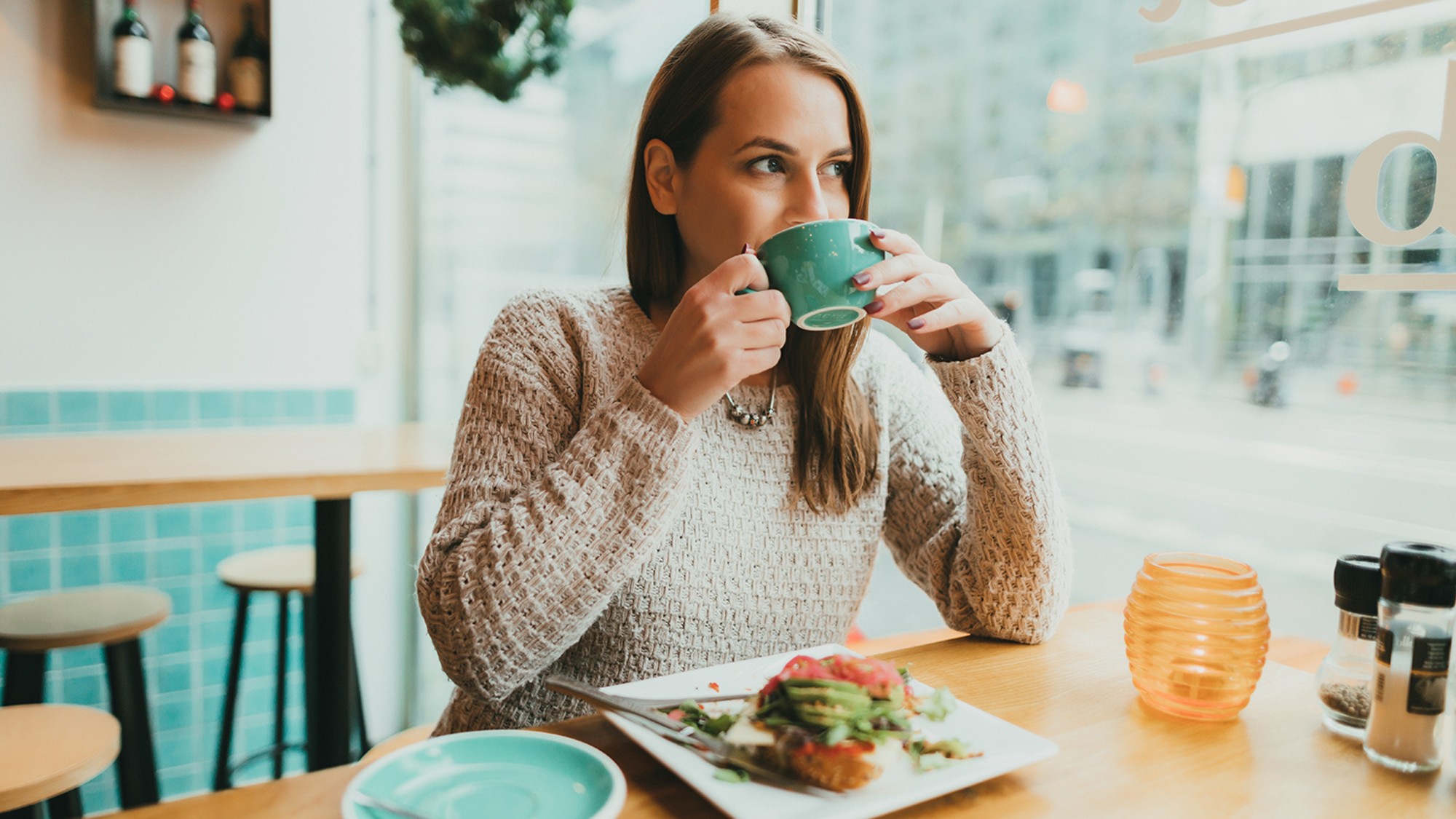 Appetites now: 2025 in food trends
Appetites now: 2025 in food trendsFeature From dining alone to matcha mania to milk’s comeback
